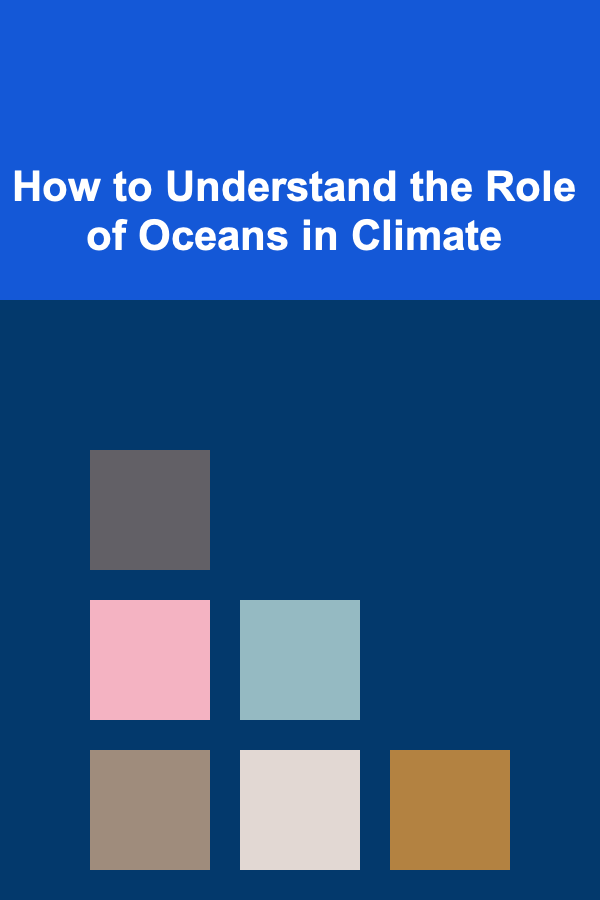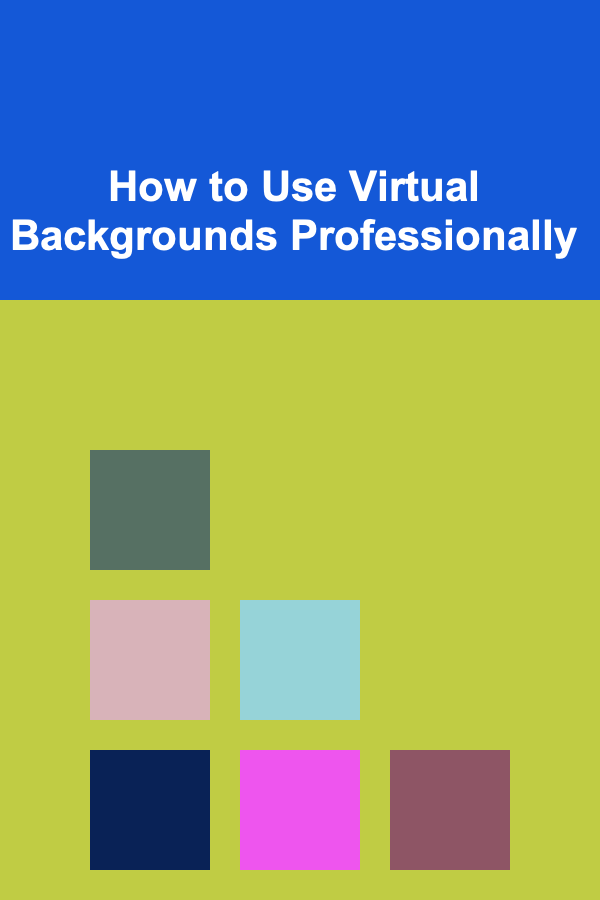
How to Create a Personalized Snowboard Instructor Lesson Plan
ebook include PDF & Audio bundle (Micro Guide)
$12.99$10.99
Limited Time Offer! Order within the next:
Not available at this time

Snowboarding is an exhilarating sport that combines athleticism, coordination, and a deep connection to the mountain. As a snowboard instructor, one of the most crucial skills you can develop is the ability to create personalized lesson plans for your students. A well-designed lesson plan can not only enhance a student's learning experience but also help them build confidence, skill, and a lasting love for the sport.
Creating a personalized snowboard instructor lesson plan involves more than simply deciding what drills to include; it's about understanding each student's needs, learning style, and progression goals. In this article, we will guide you through the process of creating a snowboard lesson plan that caters to different skill levels, focuses on safety, and ensures a fun and productive learning environment.
Understand Your Student's Needs
Before you can create a lesson plan, it's important to understand the individual needs of the student. Every person who comes to a snowboard lesson has different goals, experience, and physical abilities. Taking the time to understand these factors will help you craft a personalized lesson plan that suits them best.
1.1 Assess the Student's Skill Level
The first step is to assess your student's current ability on a snowboard. Skill level can range from complete beginner to advanced rider, and it's important to tailor your lesson plan based on their current abilities.
- Beginner: This student has little to no experience with snowboarding. They may need help with basic skills such as standing up on the board, controlling speed, and learning how to fall safely.
- Intermediate: This student has a basic understanding of snowboarding, knows how to turn, control speed, and stop. They may want to work on improving their carving technique or building confidence on more difficult terrain.
- Advanced: Advanced students are looking to refine their skills, whether it's mastering jumps, perfecting their carving, or learning new tricks. They may also want to focus on riding in different snow conditions or terrain parks.
1.2 Consider the Student's Physical Abilities
Not every student is physically the same. Some students may be athletic and adaptable, while others may have physical limitations or are less comfortable with the sport's demands. Understanding your student's physical abilities will help you create an appropriate lesson plan.
- Flexibility: Snowboarding requires a fair amount of flexibility, especially in the ankles, knees, and hips. If your student has limited flexibility, you might want to focus on exercises that build flexibility and control.
- Strength and Endurance: Snowboarding also demands strength, particularly in the core, legs, and upper body. If your student is not very strong, you may want to include exercises that target these areas.
- Balance: A key skill in snowboarding is balance, and some students may struggle more than others with this aspect. You can adjust your lesson plan to include more balance drills or exercises that improve stability on the board.
1.3 Ask About Goals and Expectations
It's important to ask your student about their goals and expectations for the lesson. Some students are looking for a fun experience and basic skills, while others may want to take their snowboarding to the next level. This conversation will allow you to align your lesson plan with their desires and ensure that you are meeting their expectations.
Create a Safe and Positive Learning Environment
A successful snowboard lesson depends not only on effective instruction but also on creating an environment where students feel safe, comfortable, and motivated to learn. The emotional and physical safety of your students should always be your top priority.
2.1 Assess the Conditions
Snowboard instructors need to assess the snow conditions, weather, and terrain before the lesson begins. If the snow is icy, for example, you might need to adjust your lesson plan to include more focus on edge control. Similarly, if the weather is particularly harsh, you might need to modify the length and intensity of your lesson.
2.2 Set Clear Expectations
At the beginning of each lesson, set clear expectations for both yourself and the student. Outline the goals for the lesson and what skills you'll be focusing on. Let the student know what they should expect in terms of progression and difficulty, and be sure to set achievable milestones.
2.3 Build Confidence and Trust
Students must feel comfortable in their lessons in order to progress. It's important to build trust with your students by providing encouragement, being patient, and acknowledging their successes. Ensure that you use positive reinforcement to motivate them and help them feel confident as they progress through the lesson.
2.4 Teach Safety Protocols
Snowboarding can be a dangerous sport if proper safety protocols aren't followed. Make sure your students are aware of the safety measures they need to take, including wearing appropriate protective gear, such as helmets and wrist guards. Teach them how to fall safely, how to navigate around others on the mountain, and how to handle different snow conditions.
Breaking Down the Lesson Plan: Structure and Progression
The core of any lesson plan is its structure. A successful snowboarding lesson should progress logically, starting with fundamental skills and gradually building up to more complex techniques. It's also important to be flexible in your approach, as some students may need more time on certain skills, while others may progress faster than expected.
3.1 Warm-Up and Safety Briefing
Every lesson should start with a warm-up to get the body prepared for the physical demands of snowboarding. This can include dynamic stretching, focusing on the legs, hips, and core, as well as some balance exercises. A safety briefing should also be part of this, reminding the student of the importance of controlled speed and awareness of other riders.
3.2 Skill Focus: Base Skills for Beginners
For beginners, the primary focus should be on developing basic skills that will form the foundation of their snowboarding abilities. These skills include:
- Balance: Teaching how to distribute weight evenly on the board.
- Falling Techniques: How to fall safely without injuring oneself.
- Turning and Stopping: Basic turns and stopping methods, such as the heel edge and toe edge.
- Controlling Speed: Learning how to control speed and stopping in various situations.
3.3 Skill Focus: Progressing for Intermediates
Once the student has mastered the basics, they can progress to more advanced techniques. Intermediate lessons may include:
- Carving: A technique that involves using the edges of the board to make clean, sharp turns.
- Linking Turns: How to link turns smoothly across the slope.
- Speed Control: More advanced speed control techniques, such as sliding turns.
- Riding in Different Terrain: Learning to ride on different types of terrain (groomed, powder, etc.).
3.4 Skill Focus: Advanced Skills
For advanced riders, lessons should focus on refining skills and learning advanced techniques. These can include:
- Freestyle Riding: Learning how to perform tricks in the terrain park, such as jumps, rails, and halfpipes.
- Freeride Snowboarding: Techniques for riding in deep powder and on ungroomed slopes.
- Advanced Carving: Refining the art of carving, focusing on edge control and body positioning.
- Riding in Different Snow Conditions: Learning to adjust riding techniques for different snow types, such as icy, soft, or deep powder.
3.5 Cool Down and Stretching
After each lesson, make sure to guide your students through a cool-down routine. Stretching is crucial to help reduce muscle soreness and promote recovery. Focus on the legs, hips, and lower back, which can experience the most strain during snowboarding.
Flexibility and Adaptation
While having a structured lesson plan is important, it's equally vital to remain flexible. Every student learns at a different pace, and external factors like weather conditions, terrain, and physical limitations can all affect the lesson.
4.1 Adjusting the Plan in Real-Time
You may need to adjust your lesson on the fly based on how the student is doing. If they are struggling with a particular skill, slow down and break it down further. If they're excelling, you can increase the challenge or introduce new techniques. The goal is to keep the lesson engaging, fun, and challenging, without overwhelming the student.
4.2 Use Different Teaching Methods
Different students respond to different teaching methods. Some may learn best through visual demonstrations, while others may need hands-on guidance or verbal instructions. Be sure to adapt your approach to the student's learning style. Some students may benefit from using analogies or metaphors, while others may prefer a more technical breakdown.
Conclusion
Creating a personalized snowboard instructor lesson plan is an essential skill for every instructor. By understanding the student's needs, structuring the lesson to promote gradual progression, and ensuring a safe and positive environment, you can help your students reach their snowboarding goals. Whether you're teaching a beginner to ride for the first time or helping an advanced rider perfect their freestyle skills, your personalized lesson plan can make a world of difference in their snowboarding journey.
By continually adapting and refining your teaching strategies, you can create lessons that are not only educational but also enjoyable, ensuring that each student has a fun and successful experience on the slopes.

Do-It-Yourself Repairs: How to Tackle Small Jobs and Avoid Costly Mistakes
Read More
How to Maintain a Clean and Tidy Entryway
Read More
How To Understand the Science of Collagen Production
Read More
How to Understand the Role of Oceans in Climate
Read More
How to Use Virtual Backgrounds Professionally
Read More
How to Build a DIY Weather Station
Read MoreOther Products

Do-It-Yourself Repairs: How to Tackle Small Jobs and Avoid Costly Mistakes
Read More
How to Maintain a Clean and Tidy Entryway
Read More
How To Understand the Science of Collagen Production
Read More
How to Understand the Role of Oceans in Climate
Read More
How to Use Virtual Backgrounds Professionally
Read More